Holzweiler Material Guide
We want you to have all the information you need on an individual material's origins, environmental impact and durability
COTTON / ORGANIC COTTON / RECYCLED COTTON / DENIM
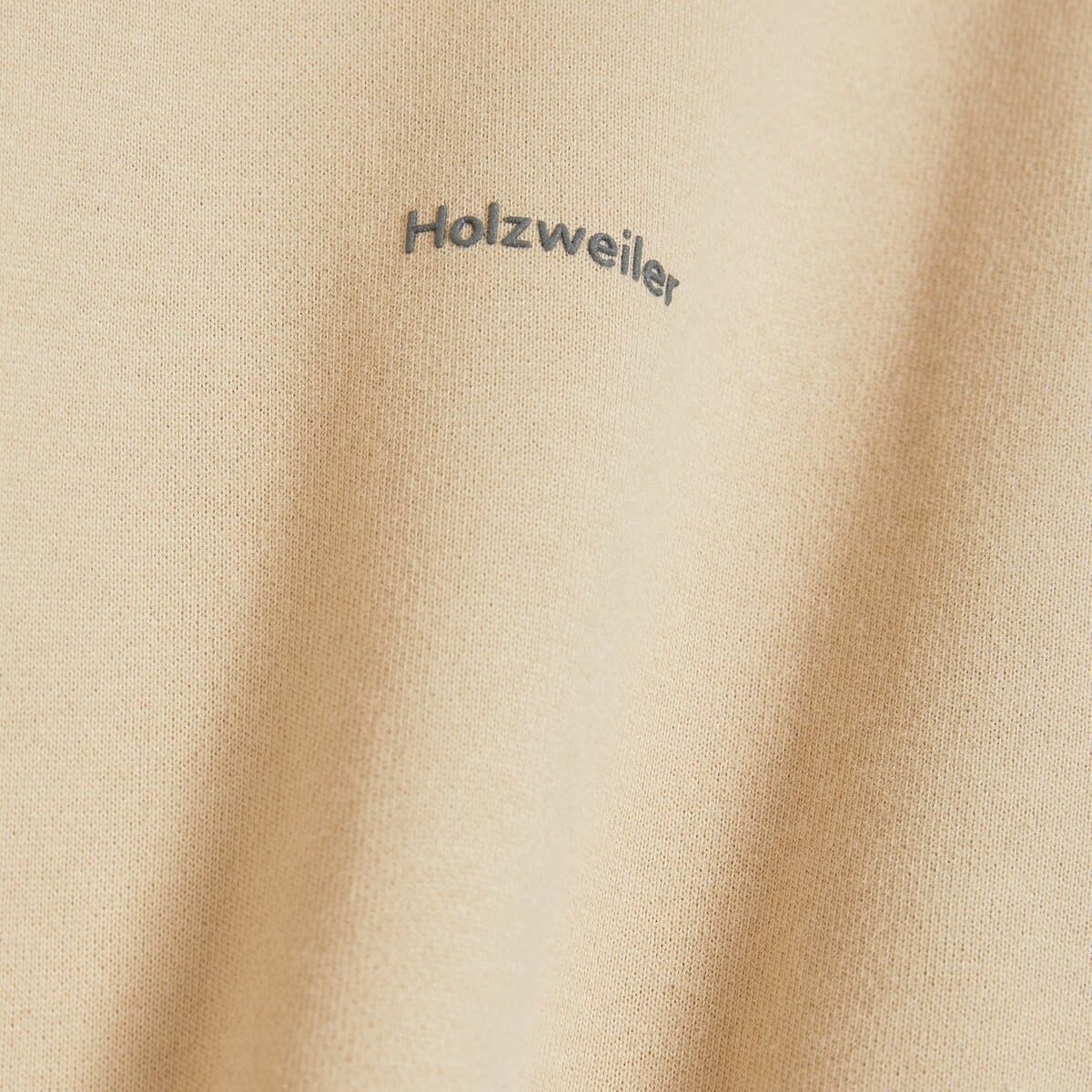
Cotton is a strong, comfortable, absorbent, and durable fibre that we use a lot in our collections.
Organic cotton is grown using methods that have a lower impact on the environment, uses non-genetically modified seeds and plants, and does not use harmful chemicals such as synthetic fertilizers or pesticides.
Our organic cotton is mainly from the Global Organic Textile Standard (GOTS), which also ensures the workers rights are protected throughout the supply chain.
Recycled cotton prevents additional textile waste and requires fewer resources than conventional or organic cotton. Cotton can be recycled using old garments, textile leftovers or cotton scrap from production. Recycled cotton is usually blended with other fibers to ensure quality.
There are different types of cotton, and they should be cared for in different ways. Always follow the instructions on the care label.
Cotton Fleece is a comfortable, stretchy, and absorbent knitted fabric. It is versatile and has one smooth side and one brushed side, giving a soft, napped finish. We use cotton fleece in most of our hoodies and sweats.
How to care for Cotton Fleece:
Wash in cold water, whether using a washing machine or washing by hand. Always air dry. Can be ironed at medium heat. Read more
Jersey is a knitted fabric with a smooth surface on both the front and back, and is favored for its flexibility and hand feel. It is lightweight, comfortable, and stretchy.
We use Jersey that is woven from cotton in our t-shirts and long-sleeved tops.
How to care for Jersey:
Jersey is a delicate fabric. Wash at 30 degrees using the “delicate” setting on your washing machine. Turn the garment inside-out before washing, wash with similar colors and lay flat to dry. Do not leave items wet in the machine. Avoid detergents that have large amounts of bleach or other chemical additives, and do not use fabric softeners. Read more
Denim is a strong fabric with a characteristic twill structure. It was initially used for workwear and is therefore remarkably durable. Denim can range from 100% cotton to blends that allow them to stretch or feel softer.
How to care for Denim:
Our denim is designed to last through seasons, so we have gathered some tips on how to wash & care for your denim to keep it looking its best:
Wash your denim once every 10 wears at most. This increases its lifespan and maintains its shape.
When laundering your denim, wash and dry it inside out with similar colours and liquid detergent. Make sure to remove stains before you wash it in the machine. Using cold water protects against fading and shrinking. Do not put jeans in the dryer, line-dry instead. If the denim only needs a little refreshment, try hanging it out in some fresh air, this keeps your denim in use for longer and saves natural resources at the same time.
Read more
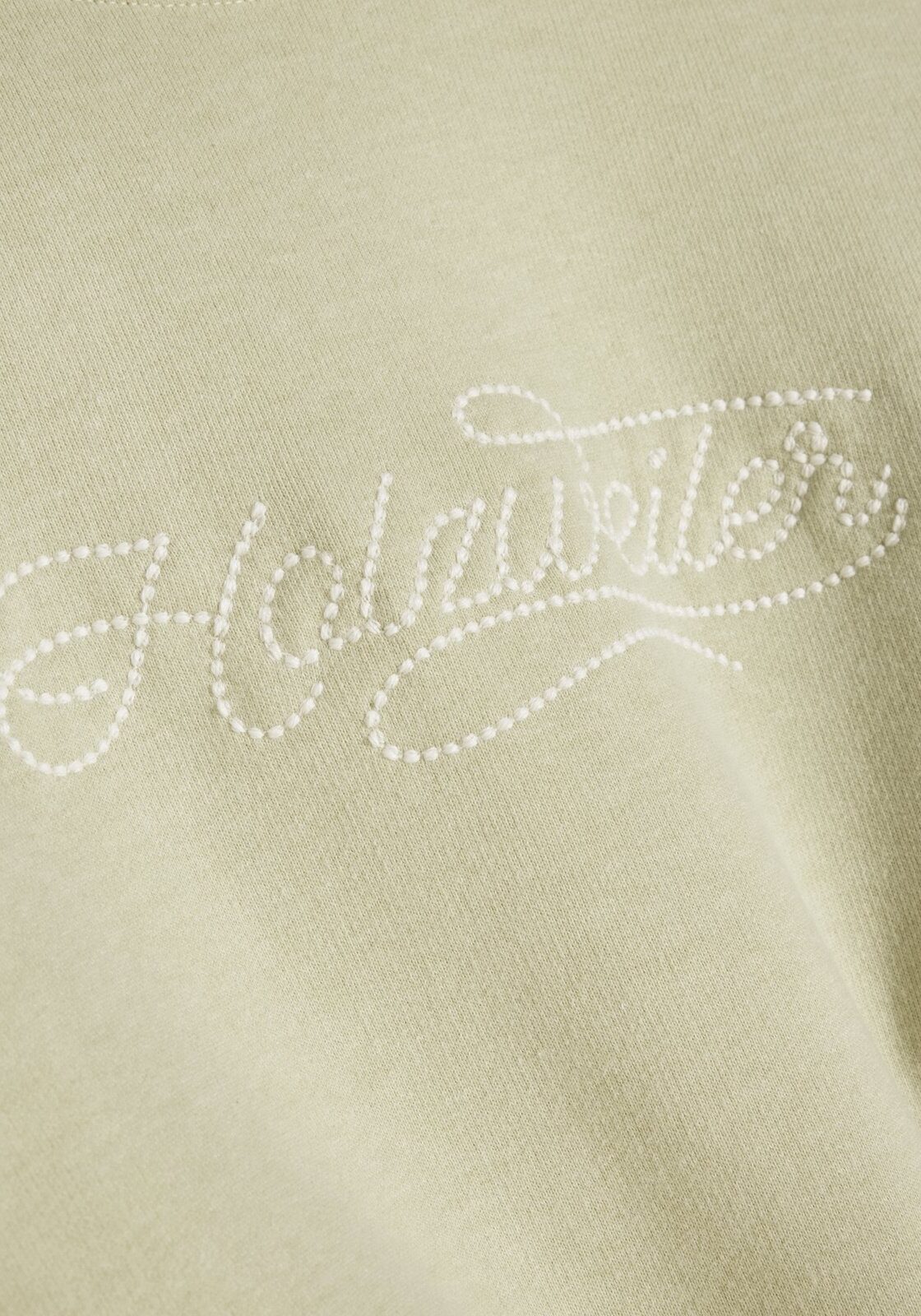
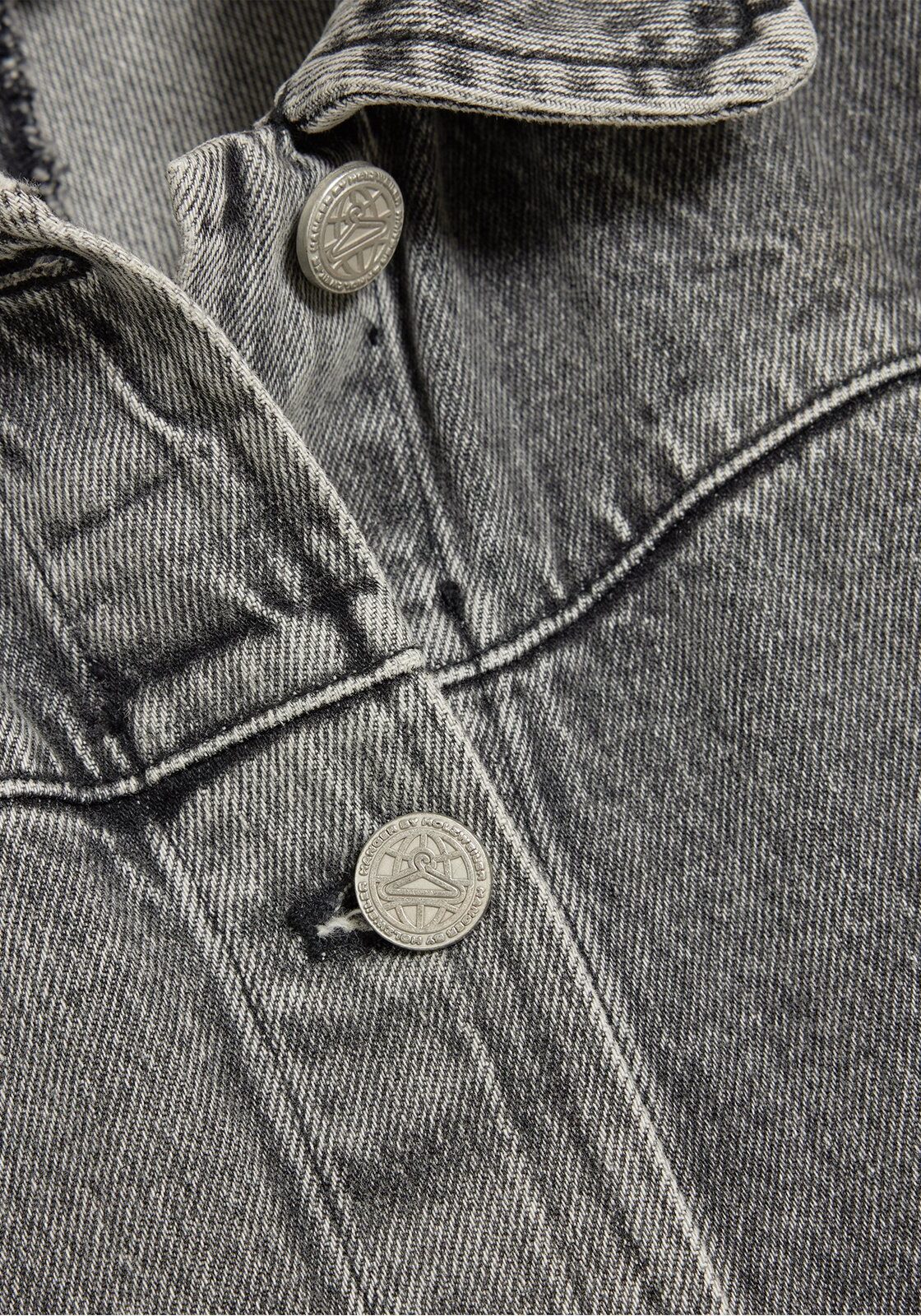
LINEN
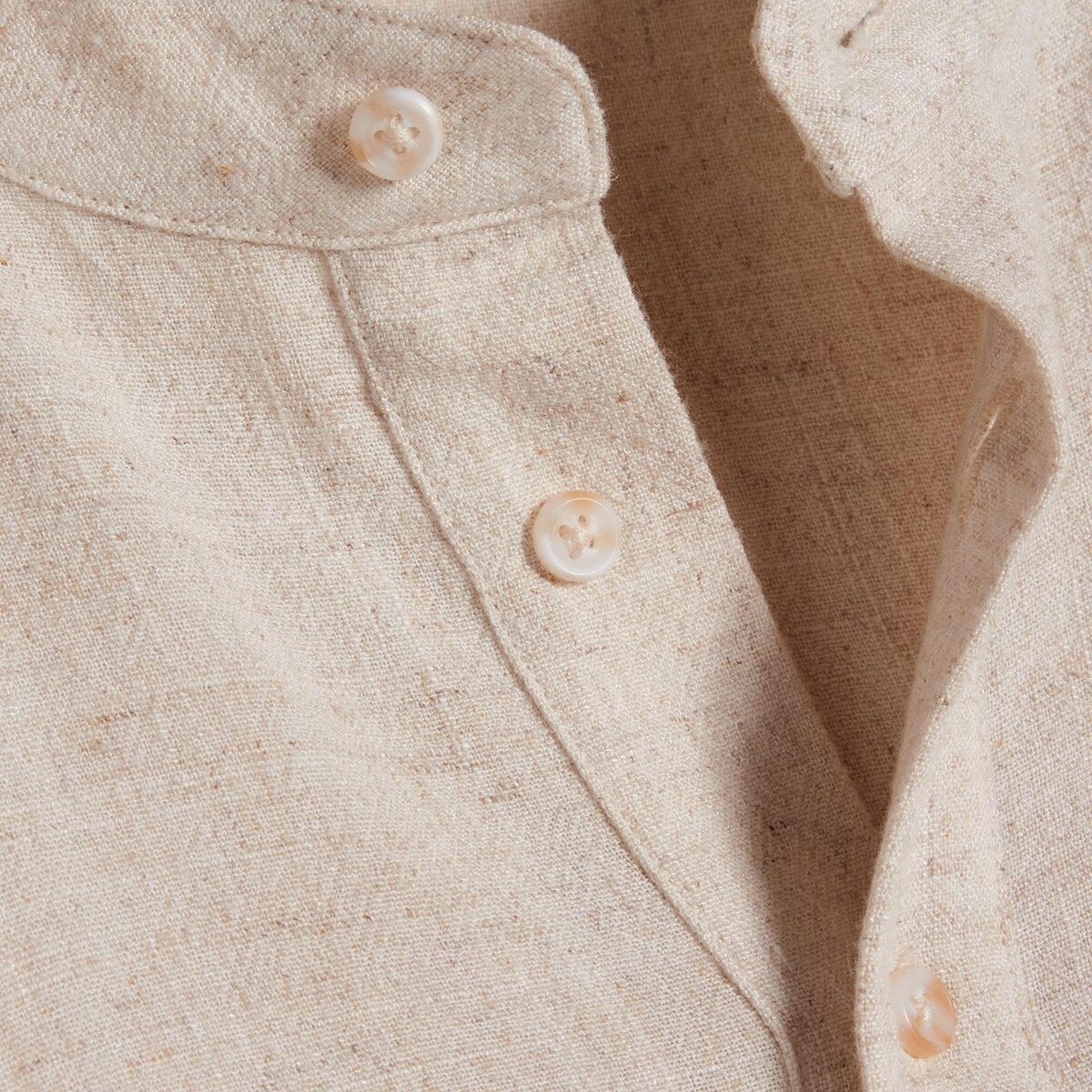
Linen is a natural fibre derived from the flax plant. It has a beautiful texture and natural breathability. In some products we mix linen with cotton.
How to care for Linen:
We recommend refreshing the garment with a good airing, and only wash when necessary.
Wash linen in the machine on a gentle cycle using a mild detergent without bleach or optical brightening agents. Follow the instructions on the product’s care label. Dark colours should be washed at a low temperature to reduce the risk of fading. Use low spin to ensure the longest possible life for your product. Line dry, if possible – it is kinder to both the product and the environment and gives linen a crisp feel. Steam or iron while fabric is still damp, using a medium hot iron on the steam setting. Dark linen should be pressed only on the reverse. Always check the care instructions that accompany a product, as they might indicate specific instructions due to colour, print, construction or end-use.
Hang or lay linen in a cool, dry place, avoiding plastic bags, cardboard boxes and cedar chests. .
Read more
WOOL
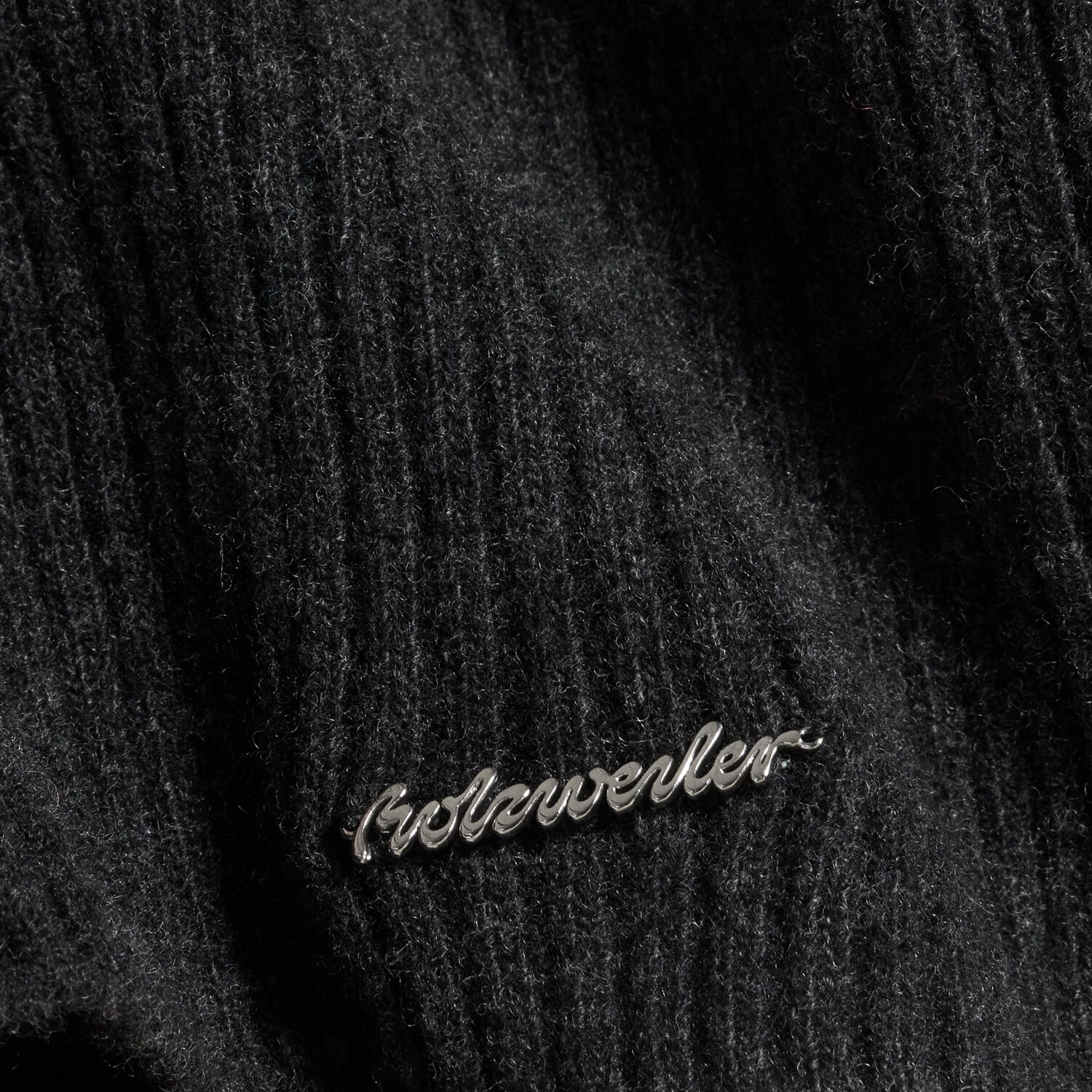
There are different types of wool, and they should be cared for in different ways. Always follow instructions on the care label.
One thing is common for all wool types: Only wash wool when necessary. The self-regulating fibers don’t need to be laundered as often as other materials. Spot clean or air dry between washes. Keep wool garments nicely folded in your closet – they should not hang.
Pilling of wool occurs naturally with friction. Use a cashmere comb on hairy wool products, while on flat woven products, you can pick the pills by hand or use a razor blade to shave off the gathered fibers.
Cashmere combs are available in our shops.
Lambswool is a 100% natural, renewable and biodegradable fiber that has the ability to return to its natural shape after being bent. This gives wool garments a natural resistance to wrinkles. One of the most breathable fibers, wool keeps you warm, is thermoregulating, absorbent, and repels dirt and stains.
Animal welfare is important to us, so we have started to implement lambswool from the Responsible Wool Standard (RWS) in our collections.
How to care for Lambswool:
Lambswool should preferably be hand-washed. If you wish to machine wash your garment, turn garments inside out, choose the “wool” setting on your washing machine and use mild soap for wool (no bleach or fabric softener). Dry your wool items by laying them flat. Read more
Merino wool is super soft and feels comfortable on the skin. Our merino is mulesing-free. We have started to implement merino wool from the Responsible Wool Standard (RWS) in our collections.
How to care for Merino:
Turn garments inside out, choose the “wool” settings on your washing machine and use mild soap, no bleach or fabric softener
Dry your wool items by laying them flat.
Read more
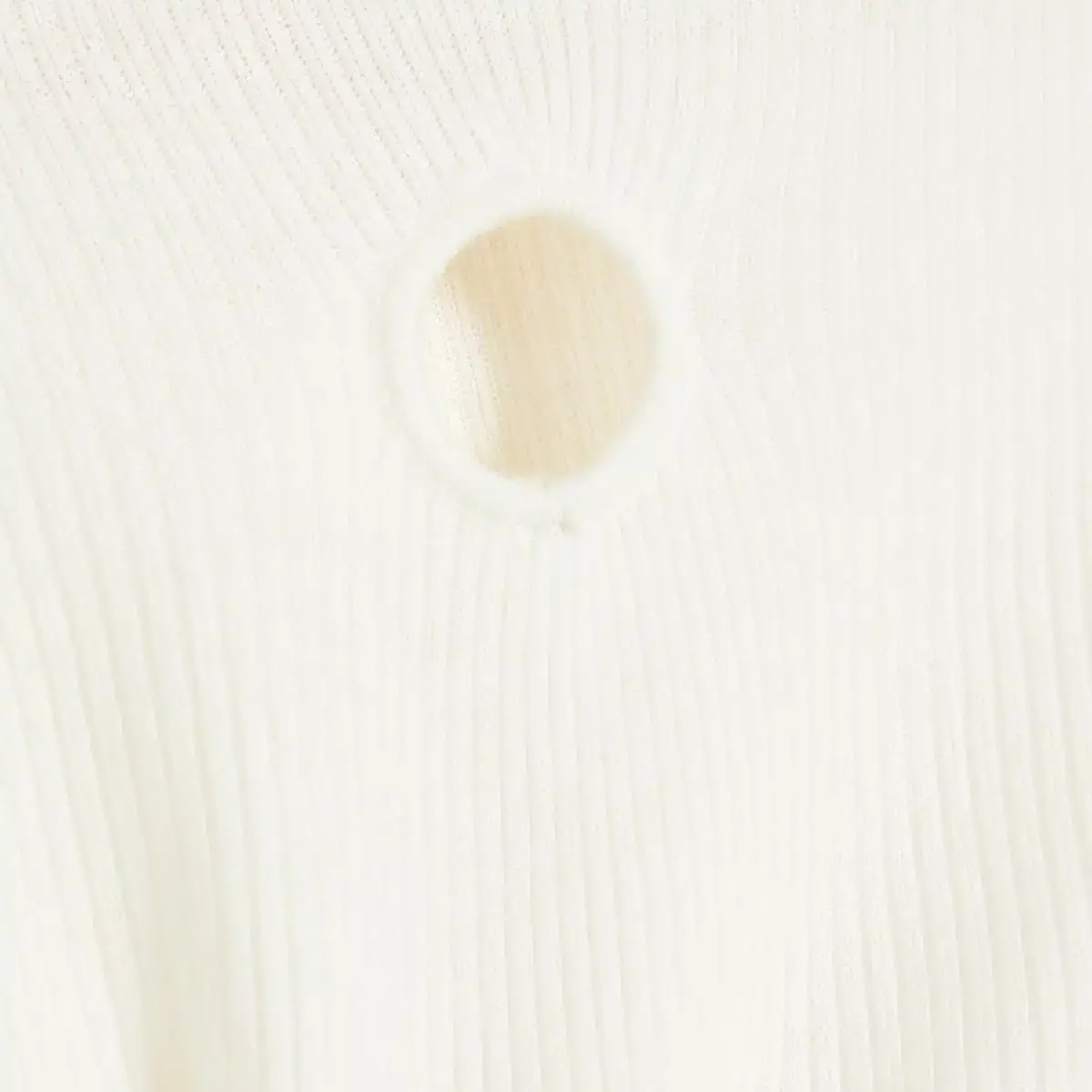
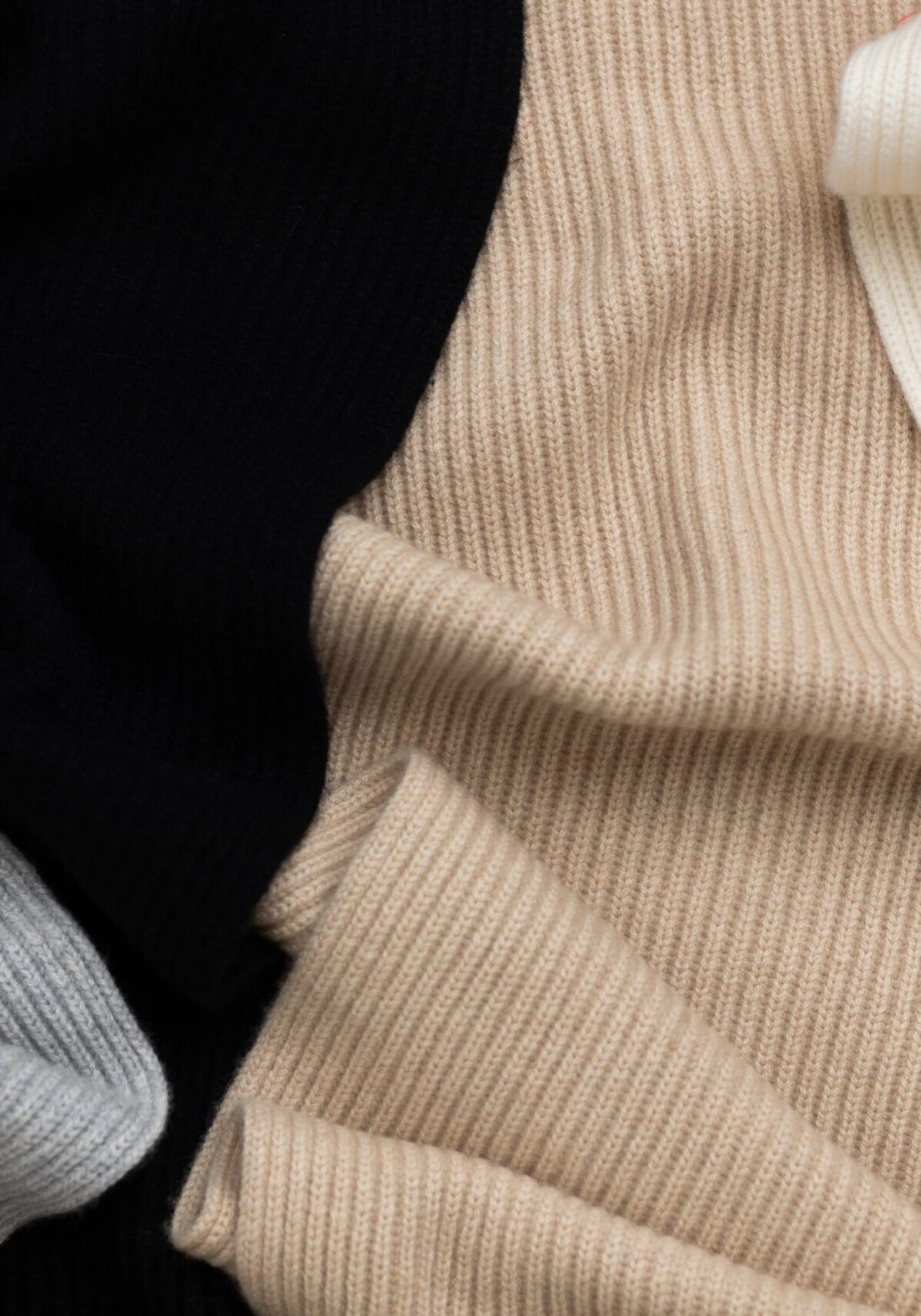
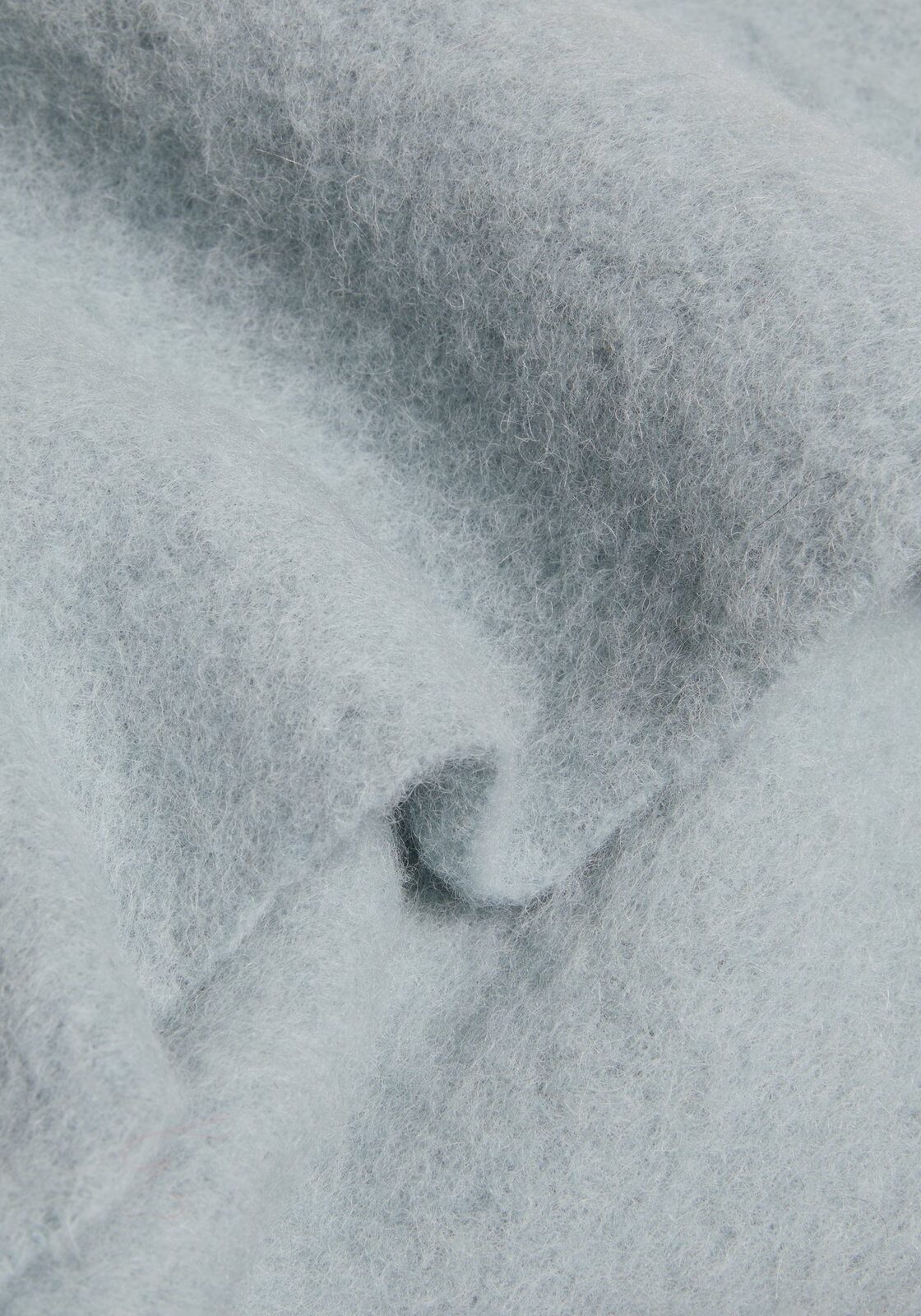
Cashmere is known for being one of the softest and most exclusive fibers in the world. It is strong, durable, and keeps you warm and comfortable.
How to care for Cashmere:
Cashmere should preferably be hand-washed. If you wish to machine wash your garment, turn garments inside out, choose the “wool” settings on your washing machine and use mild soap for wool, no bleach or fabric softener. Dry your wool items by laying them flat, don´t leave them wet in the machine. Read more
Alpaca yarn is warm and comfortable against the skin: it does not sting and is hypoallergenic because it has no lanolin. Alpaca fiber is naturally water-repellent and fire-resistant. We normally mix it with other fibers.
How to care for Alpaca:
It should preferably be hand-washed. If you wish to machine wash your garment, turn garments inside out, choose the “wool” setting on your washing machine and use mild soap for wool (no bleach or fabric softener). Dry your wool items by laying them flat – don´t leave them wet in the machine. Read more
Mohair is made from the hair of the Angora goat. Mohair is notable for its high luster and sheen, and is both durable and resilient. Animal welfare is important to us, so we have started to implement mohair from the Responsible Mohair Standard (RMS) in our collections.
How to care for Mohair:
Turn garments inside out, choose the “wool” setting on your washing machine and use mild soap (no bleach or fabric softener).
Dry your wool items by laying them flat.
Read more
Recycled wool derives from fibers that have already been made. Producing wool is resource-intensive. By using recycled wool, we can make clothing at a much lower environmental cost. We use recycled wool in many of our lambswool scarves.
How to care for Recycled wool:
It should preferably be hand-washed. If you wish to machine wash your garment, turn garments inside out, choose the “wool” setting on your washing machine and use mild soap for wool (no bleach or fabric softener). Dry your wool items by laying them flat – don´t leave them wet in the machine. Read more
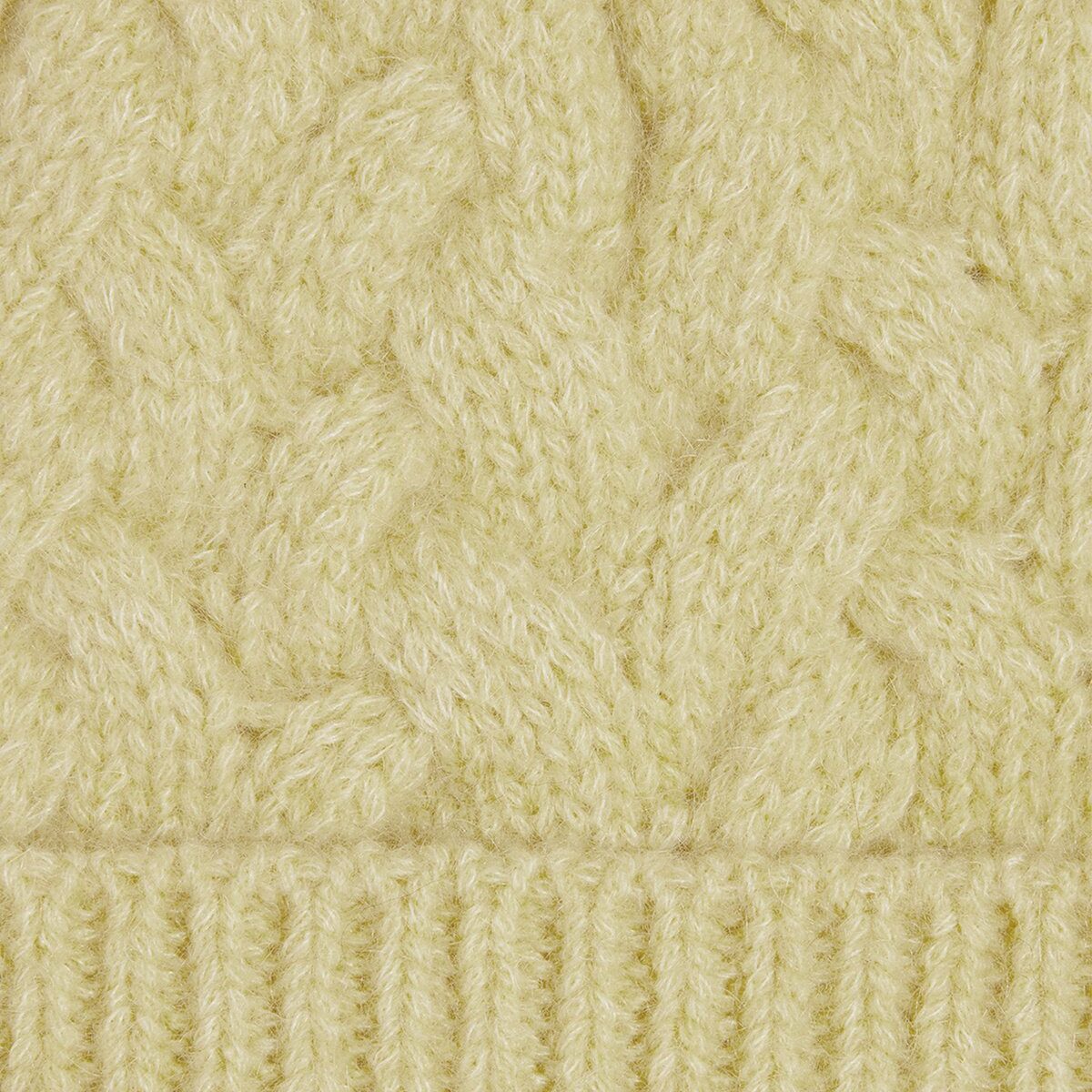
POLYESTER / RECYCLED POLYESTER / NYLON / RECYCLED NYLON
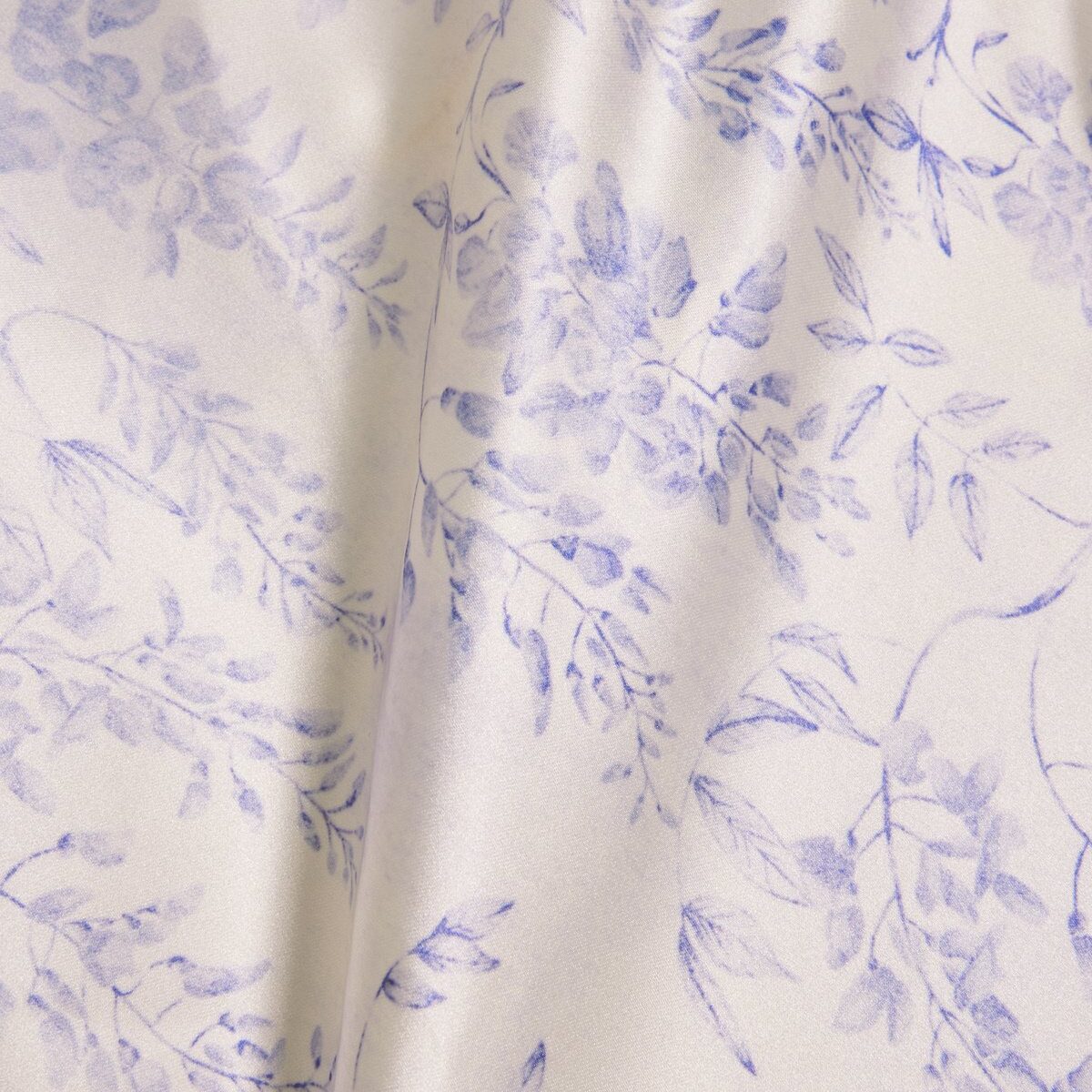
Polyester is a synthetic fabric usually derived from petroleum, which means it is not a renewable resource.
It is durable, easy to care for and can handle multiple washes and still look new.
Recycled polyester has a reduced negative impact on the climate, as it reuses fibers that have already been made and prevent them from ending up as waste. We are increasing the use of recycled materials for each season, preferably from the Global Recycled Standard (GRS).
Nylon (also called Polyamide) is a synthetic fabric that’s usually derived from petroleum, which means it is not a renewable resource. Nylon has many of the same characteristics as polyester, but is less prone to pilling, and is a little more durable.
Recycled Nylon has a reduced negative impact on the climate, as it reuses fibers that have already been made and prevents them from ending up as waste. We are increasing the use of recycled materials for each season, preferably from the Global Recycled Standard (GRS).
How to care for Polyester Fibres & Nylon:
Always follow the instructions on the care label. We recommend only air drying to prolong fabric life. Iron as needed at a low-temperature setting, or steam when drying polyester garments. Knit items should be stored and folded to prevent stretching or distorting. Woven items can be hung.
If the garment only needs a little refreshment, try steaming it instead of washing.
We recommend washing synthetic garments in a washing bag like Guppyfriend washing bag, to prevent microplastics release from your laundry. Using a washing bag can also reduce pilling and protect your clothes.
Read more
LENZING™ ECOVERO / TENCEL™ LYOCELL / TENCEL™ REFIBRA / LENZING™ MODAL & VISCOSE
Lenzing™ Ecovero Viscose fibres are derived from sustainable wood and pulp, coming from certified and controlled sources: It generates up to 50% lower emissions and water impact compared to conventional Viscose.
TENCEL™ Lyocell fibres are derived from controlled or certified wood sources using a unique resource-saving, closed loop production process – resulting in close-to-zero wastage. Unique physical properties lead to their high tenacity profile, efficient moisture control and gentleness on the skin.
TENCEL™ Refibra™
TENCEL™ Lyocell fibres produced with REFIBRA™ technology use cotton textile waste as a raw material, in addition to wood. The fibres contain a minimum of 30% recycled material, which is sourced from pre- and post-consumer waste. These cotton scraps could have otherwise entered landfills or been incinerated. TENCEL™ Lyocell fibers produced with REFIBRA™ technology also meet the Recycled Claim Standard.
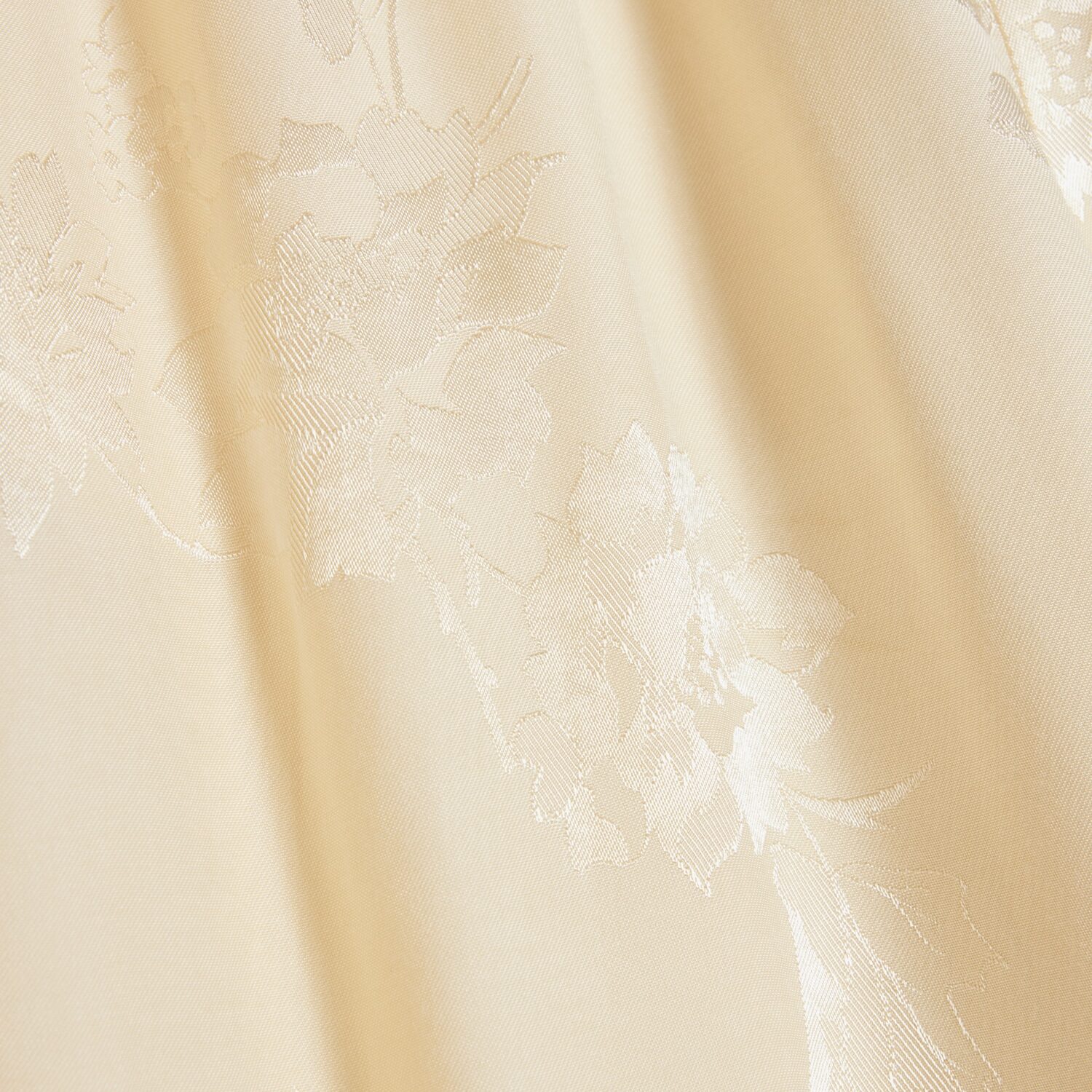

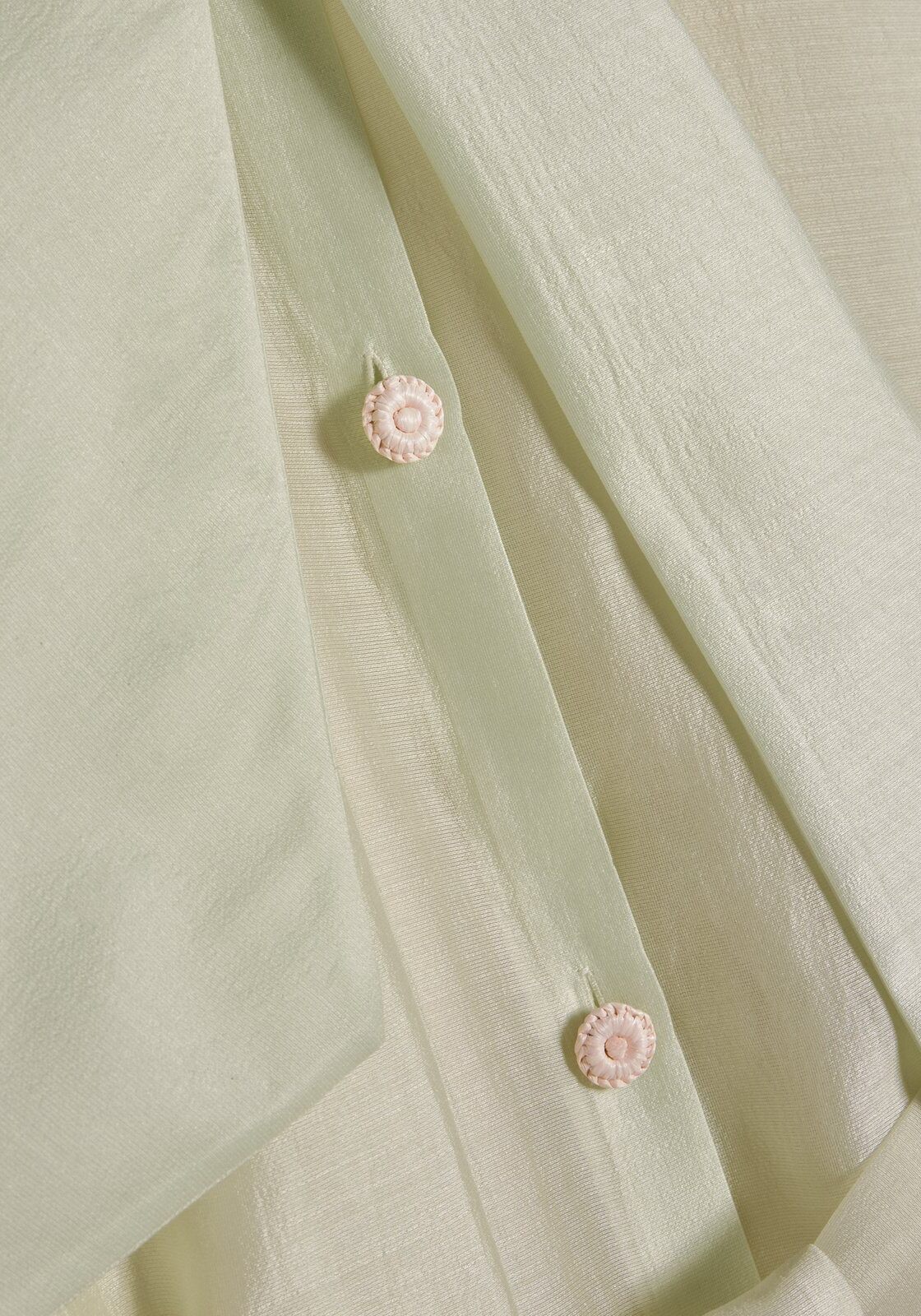
LENZING™ modal Derived from the natural raw material wood, TENCEL™ Modal fibres support long-lasting softness of textiles, which is retained even after repeated washing and drying cycles. TENCEL™ Modal fibres also support rich colours in fabrics.
Viscose:
Viscose fabric is soft, comfortable, highly absorbent, and durable. It drapes nicely and wrinkles very little. It is a human-made fibre created from cellulose that has been chemically extracted from trees.
How to care for Lenzing™ Ecovero, TENCEL™ Lyocell, TENCEL™ REFIBRA™, LENZING™ modal & Viscose:
Handwashing is the safest method. Add a squirt of delicate wash detergent to a washbasin or clean sink filled with cool water and agitate the water with your hands to distribute the soap. If machine washing, turn the item inside out and place it in a washing bag. Select the delicate cycle on the washing machine, and make sure the water temperature is cold and the spin is low. Opt for air drying whenever possible or hang to dry. For garments made with a combination of other materials, please read the care label. These types of garments may need dry cleaning. If the garment only needs a little refreshment, try steaming it instead of washing. Read more
SILK
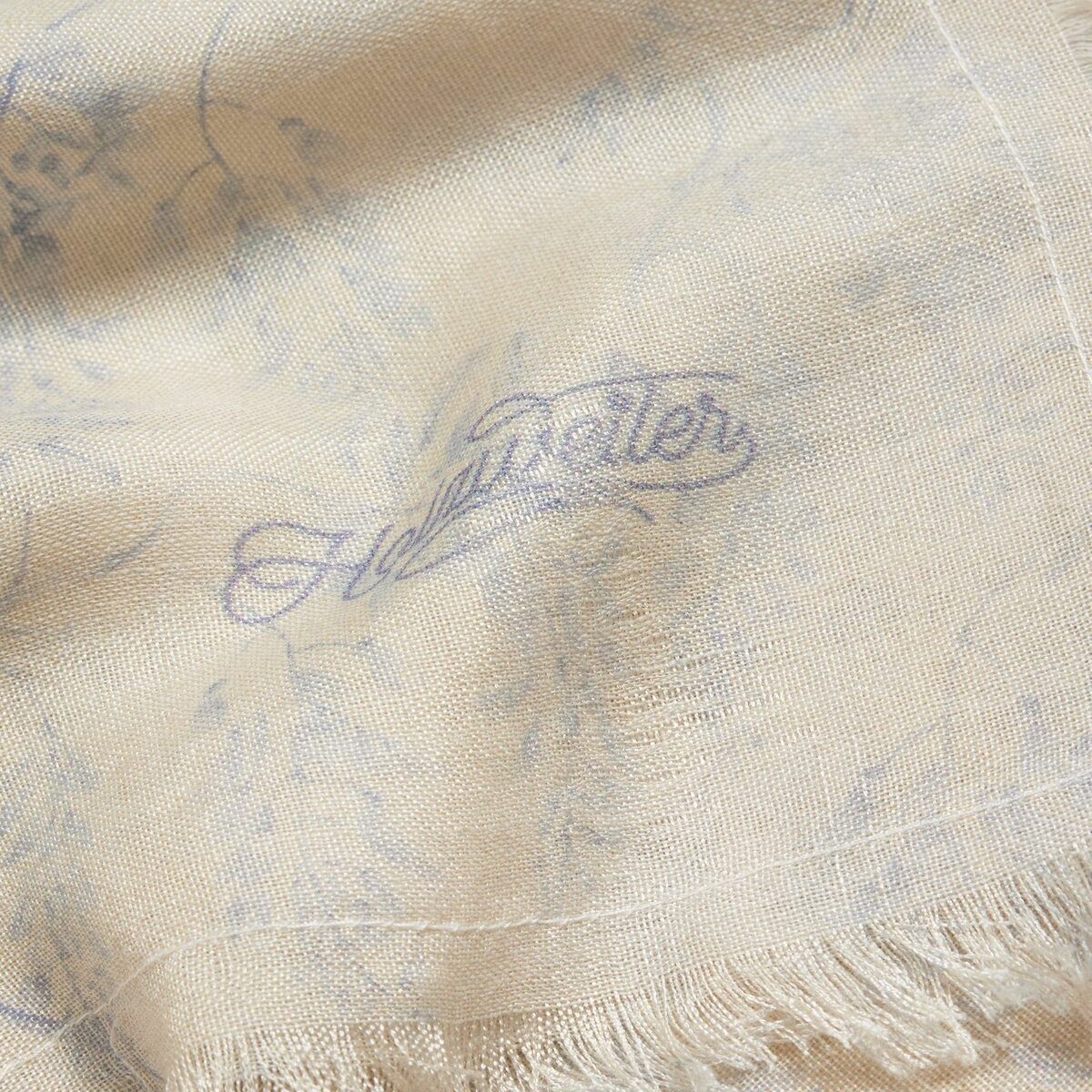
Silk is a natural fiber produced from the cocoons of the mulberry silkworm. The fabric has a shimmering appearance, has a soft feel, is comfortable, absorbent, hypoallergenic, and strong. It requires minimal chemicals, water, and energy when processed. If treated correctly, your silk garments will be long-lasting.
If the garment only needs a little refreshment, try steaming it instead of washing.
How to care for Silk:
You can machine wash silk in a gentle wash cycle, but it is best to hand wash it. Fill a basin with cool water to help keep the color, then add a gentle detergent. Place the garment in the water and let it sit for just a few minutes. Then rinse. Do not twist or squeeze silk garments. To remove water, place the wet garment on a white towel, fold the towel over it, and gently press the garment with your hands. Hang the garments to dry. Do not hang silk items in the sun, as this accelerates fading. Steaming silk is preferred to ironing.
If the garment only needs a little refreshment, try steaming it instead of washing.
Read more
LEATHER
Leather is a durable and flexible material created by tanning animal rawhides. It is hypoallergenic, long-lasting, resists dirt and stains, and is easy to clean with a cloth. Our collections’ leather products are made from by-products of the food industry
How to care for Leather:
To clean a leather garment you can add dish soap in warm water. Then dip a soft cloth into it, wring it out, and wipe the garment. Use a second clean, damp cloth to wipe off the cleaning solution. Do not machine wash, hand wash, or lay the garment in water at any time. Keep away from constant sun to preserve colour. Once a year or so, apply a leather conditioning cream to the entire outer surface. Conditioning your garment defends it from moisture, leaves it soft and flexible, and prevents cracking and splitting. Read more
How to care for Leather shoes:
To clean leather shoes you can add dish soap in warm water. Then dip a soft cloth into it, wring it out, and wipe the shoes. Use a second clean, damp cloth to wipe off the cleaning solution. Keep away from constant sun to preserve colour. When needed, apply a leather conditioning cream to the entire outer surface. Conditioning your shoes defends it from moisture, leaves it soft and flexible, and prevents cracking and splitting. Read more

DOWN
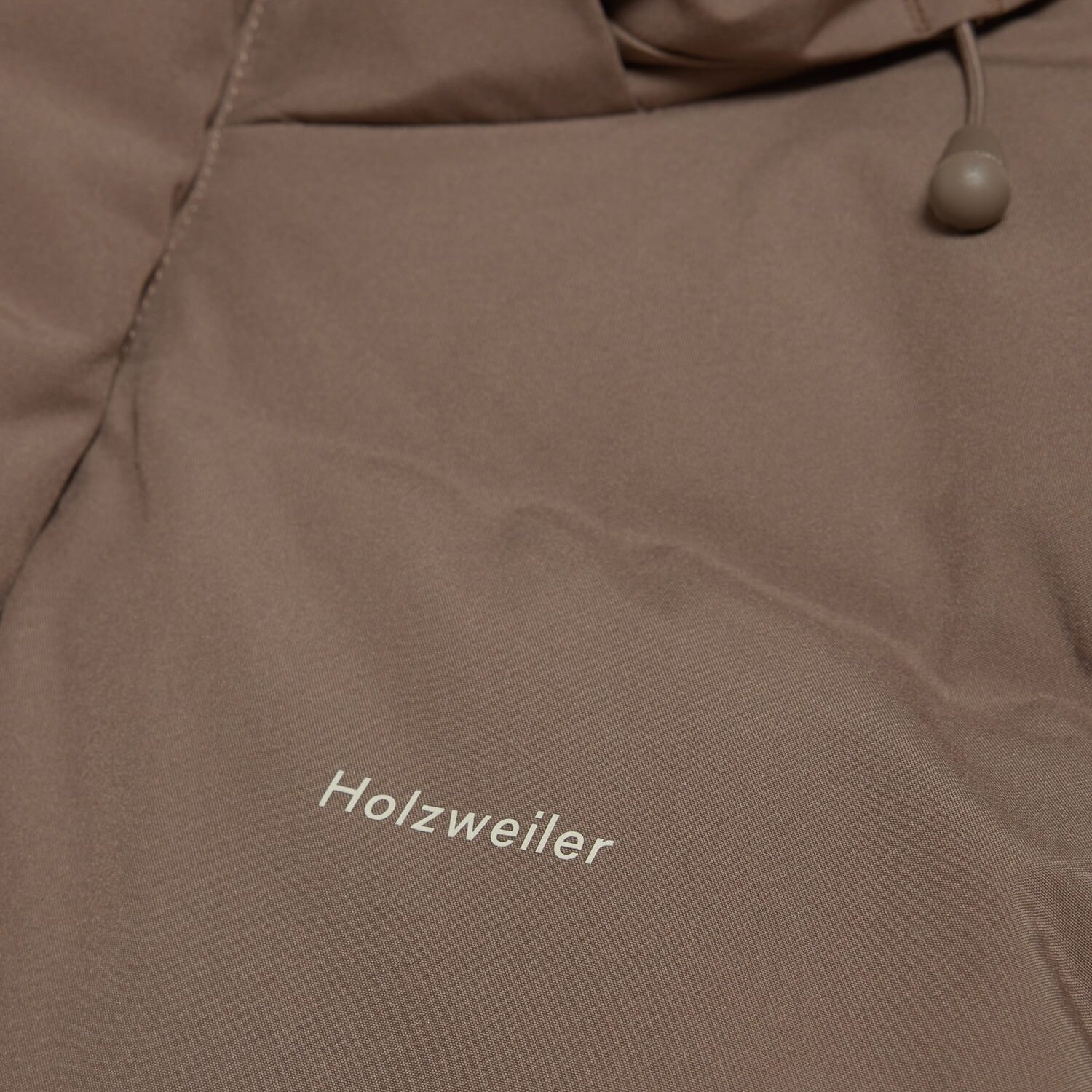
All the down we use in our collections is from the Responsible down standard, RDS, to ensure animal welfare from farm to supplier. This standard includes that the animals are not exposed to pain, injury, fear or distress. They are raised free from hunger and thirst and are not being overfed, and the feathers are not picked from living birds.
How to care for Down:
To clean your down jacket we recommend using a delicate setting in a front load washer with down soap, then gently squeeze out excess water before tumbling at low heat. Hot tip! Tumble dry with a couple of clean tennis balls, as this will speed up the process and prevent down clumps. During the process and when dried please work out the down with hands to puff the jacket. If needed, the down jacket can be air-dried, laying flat on a towel in a warm dry spot out of direct sunlight. Dry cleaning is not recommended. Don’t iron, nor bleach. Read more
PACKAGING
Our packaging ensures the protection of your products.
At Holzweiler, we have established targets to minimize our impact on the environment and climate, as well as reduce wastage.
To achieve these goals, we exclusively employ recycled plastic or biobags for the polybags that safeguard our products during transportation. Both options effectively safeguard the garments, with the added benefit that our biobased polybags are biodegradable and compostable.
When it comes to our e-commerce cardboard boxes, we prioritize the use of recycled paper. Furthermore, we strongly encourage the reuse or recycling of any packaging that you no longer need.
As part of our commitment to reducing plastic waste, we have implemented a Zero plastic policy for all product samples. Whenever possible, we avoid using polybags for sample packaging.
DISCOVER MORE